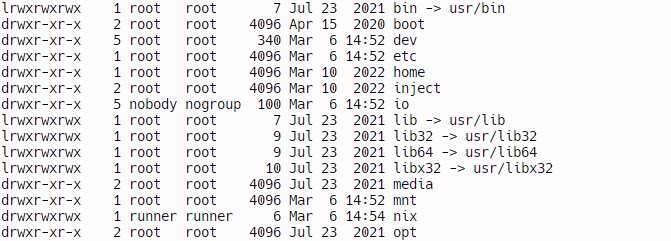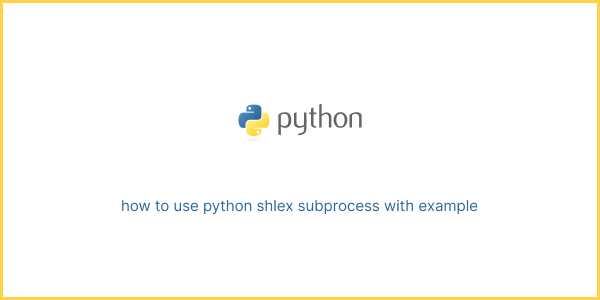In Python, Combining shlex and subprocess in Python ensures secure execution of shell commands by parsing complex strings and handling special characters effectively. shlex splits commands into tokens, mitigating injection risks, while subprocess offers methods like subprocess.run() for executing commands. This integration enhances script robustness, particularly when dealing with user input or dynamic command generation. Overall, it empowers Python developers to execute shell commands efficiently and securely across different operating environments.
how to use shlex in python with example
Example 1
Running Basic Shell Commands:
illustrates how to execute a basic shell command (ls -l /) using shlex to parse the command string and subprocess.run() to execute it.
import shlex
import subprocess
# Define your shell command as a string
command_string = "ls -l /"
# Parse the command string using shlex
command_tokens = shlex.split(command_string)
# Execute the command using subprocess
try:
output = subprocess.check_output(command_tokens)
print(output.decode("utf-8"))
except subprocess.CalledProcessError as e:
print("Error executing command:", e)
Example 2
Running Shell Commands with Pipes:
The command string involves a pipe (|) to chain two commands (cat and grep). shlex ensures proper parsing, and subprocess.run() with shell=True executes the command in the shell environment, allowing the use of pipes.
import shlex
import subprocess
# Define the command string with pipes
command_string = "cat /etc/passwd | grep root"
# Parse the command string using shlex
command_tokens = shlex.split(command_string)
# Execute the command using subprocess
try:
subprocess.run(command_tokens, check=True, shell=True)
except subprocess.CalledProcessError as e:
print("Error executing command:", e)Example 3
Executing a Shell Script with Arguments:
Using shlex.split() for proper handling of spaces and special characters, we execute the shell script my_script.sh with two arguments using subprocess.run(), enhancing script modularity and security in Python workflows.
import shlex
import subprocess
# Define the shell script path and arguments
script_path = "my_script.sh"
arg1 = "arg1_value"
arg2 = "arg2_value"
# Construct the command string with arguments
command_string = f"./{script_path} {arg1} {arg2}"
# Parse the command string using shlex
command_tokens = shlex.split(command_string)
# Execute the script with arguments using subprocess
try:
subprocess.run(command_tokens, check=True)
except subprocess.CalledProcessError as e:
print("Error executing command:", e)
